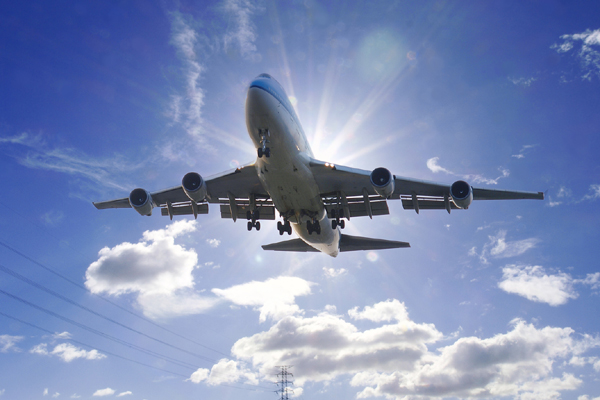
ME air travel demand picks up pace in Feb
GENEVA, April 5, 2018
Middle East carriers picked up the pace from a slow start in January, recording a 3.4 per cent demand increase in February compared to a year ago. However, the region's performance was still weak when compared to carriers across other regions.
According to figures released by the International Air Transport Association (Iata), Capacity rose 3.9 per cent and load factor slipped 0.3 percentage point to 74.1 per cent. Carriers in the region faced significant headwinds over the past year including the temporary ban on large portable electronic devices as well as the proposed travel bans to the US from some countries in the region.
Latin America led the traffic growth across all regions in February, with a 9.8 per cent year-over-year increase, followed by Asia-Pacific airlines (up 9.1 per cent) North American airlines (up 7.2 per cent), European carriers (6.8 per cent), African airlines (6.3 per cent) and lastly Middle East carriers.
International passenger demand in February rose 7.2 per cent compared to February 2017, which was up from the 4.2 per cent increase recorded in January.
"As expected, we saw a return to stronger demand growth in February, after the temporary slowdown in January. This is being supported by the robust economic backdrop and solid business confidence. However, increases in fuel prices--and labour costs in some countries--likely will temper the amount of traffic stimulation from lower airfares this year," said Alexandre de Juniac, Iata’s director general and CEO.
Domestic travel demand also rose 8.2 per cent in February compared to the same month in 2017, up from the 4.9 per cent year-over-year growth in January, with all markets reporting increases, led by India and China. Domestic capacity climbed 7.0 per cent, and load factor increased 0.9 percentage point to 82.3 per cent.
Global passenger traffic results for February showed a rebound in traffic growth following the slower demand experienced in January, which was owing to temporary factors including the later timing of the Lunar New Year in 2018.
Total revenue passenger kilometres (RPKs) for the month rose 7.6 per cent, compared to February 2017, up from 4.6 per cent year-over-year growth in January. Monthly capacity (available seat kilometres or ASKs) increased by 6.3 per cent, and load factor rose 0.9 percentage point to 80.4 per cent, surpassing the previous record for the month of 79.5 per cent, which was set in February 2017.
"All around the globe, we see the same positive picture of growth in demand for aviation connectivity. Aviation is the business of freedom, enabling people to lead better lives. Aviation has helped to lift millions from poverty, but for aviation to deliver even greater benefits in future, adequate, affordable infrastructure is a must.
"A case in point is the Latin American region, where aviation already supports jobs for 5 million people and $170 billion in GDP. The potential for aviation to do far more exists, but without concerted action by governments to address capacity shortfalls, the region could face an infrastructure crisis in the future. Within the region, Mexico City is the most critical of the bottlenecks. The current airport was designed for 32 million passengers annually but serves 47 million. The solution is a new airport which is already under construction. But its future has been politicized in the current presidential election. The vital need for the new airport needs to be understood by all," said de Juniac. - TradeArabia News Service







